Susan Alcorn’s Backpacking & Hiking Tales and Tips, #291 April 2024
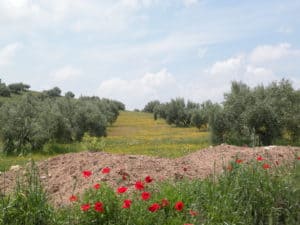
Olive groves along the Camino Mozarabe, Spain
Contents:
1. Camino: Great news! A place to store your backpack when going into the cathedral.
2. The end of an era – more from the Yellowstone Winterkeeper story.
3. Yay, it’s official! The Tahoe National Forest will be developing a 72-mile multi-use trail connecting Nevada City and Truckee, Calif.
4. Mountains on Stage — Program Summer 2024
5. Safety for Day Hikers
6. ALDHA-West Gathering
7. Regional: Nor Cal Pilgrims group
8. Notes from Susan
Articles:
#1. Camino interest: Guy Joaquin, Co-coordinator of Northern California Camino Pilgrims, forwarded this important news about backpack storage when going into the cathedral in Santiago–and while visiting the city.
“The main office of Correos (the Spanish postal service) in Santiago on Rúa do Franco, just a few minutes’ walk from the Cathedral, is now open 7 days a week. This is particularly good news as there is now a secure place every day to deposit backpacks before going into the Cathedral (they are no longer allowed in).”
Correos also extends the opening of the Santiago locker for pilgrims. The postal service will offer the storage of luggage at the main office in Santiago de Compostela, in Rúa do Franco, seven days a week, 8:30 a.m. to 8:30 p.m.” (Europa Press/Friday, March 1, 2024, 3:54 p.m.)
#2. The end of an era? More from the Yellowstone Winterkeeper story. “With 50 years of solitude, Steven Fuller is a living legend in Yellowstone and an endangered 21st century icon. Story by Todd Wilkinson.
If you missed my earlier story about Yellowstone’s Winterkeeper in last month’s newsletter, you can find it here.
#3. A new trail in the making! “It’s official! The Tahoe National Forest will be developing a 72-mile multi-use trail connecting Nevada City and Truckee, Calif. “Are you interested in hiking, biking or horseback riding? Tahoe National Forest’s Pines to Mines Trail will welcome equestrians, pedestrians, bicyclists and Class 1 e-bike users on the new 72-mile trail network. The trail’s development aims to increase national forest recreation access for multiple user groups and abilities while supporting local economic development. The trail will include approximately 50 miles of existing trail with 22 miles of new trail, planned to begin construction this year.
#4. Mountains on Stage. [Susan writes: A couple of years back, we attended one of the film-showings locally. It was inexpensive, not-crowded, and great fun–so check out this year’s programing. The festival was born in March 2013 and since then, the festival has been growing year after year, not only in France but also in Europe and the U.S.
Film selections:
#1. DEEPFREEZE : Themes: mountaineering, winter, Grandes Jorasses.
Athletes: Charles Dubouloz, Symon Welfringer and Clovis Paulin
#2. SEA TO SUMMIT : Themes: big wall, kayak, Greenland.
Athletes: Jacob Cook, Bronwyn Hodgins, Angela Vanwiemeersch, Kelsey Watts and Zack Goldberg-Poch
#3. FOND OF FONT : Themes: bouldering, 100 7A sequence, Fontainebleau.
Athletes: Seb Berthe and Hugo Parmentier
#4. SUBTERRANEAN : Themes: caving, cave systems, Canada. Athletes: Franck Tuot and his team.
TOUR DATES in the U.S.
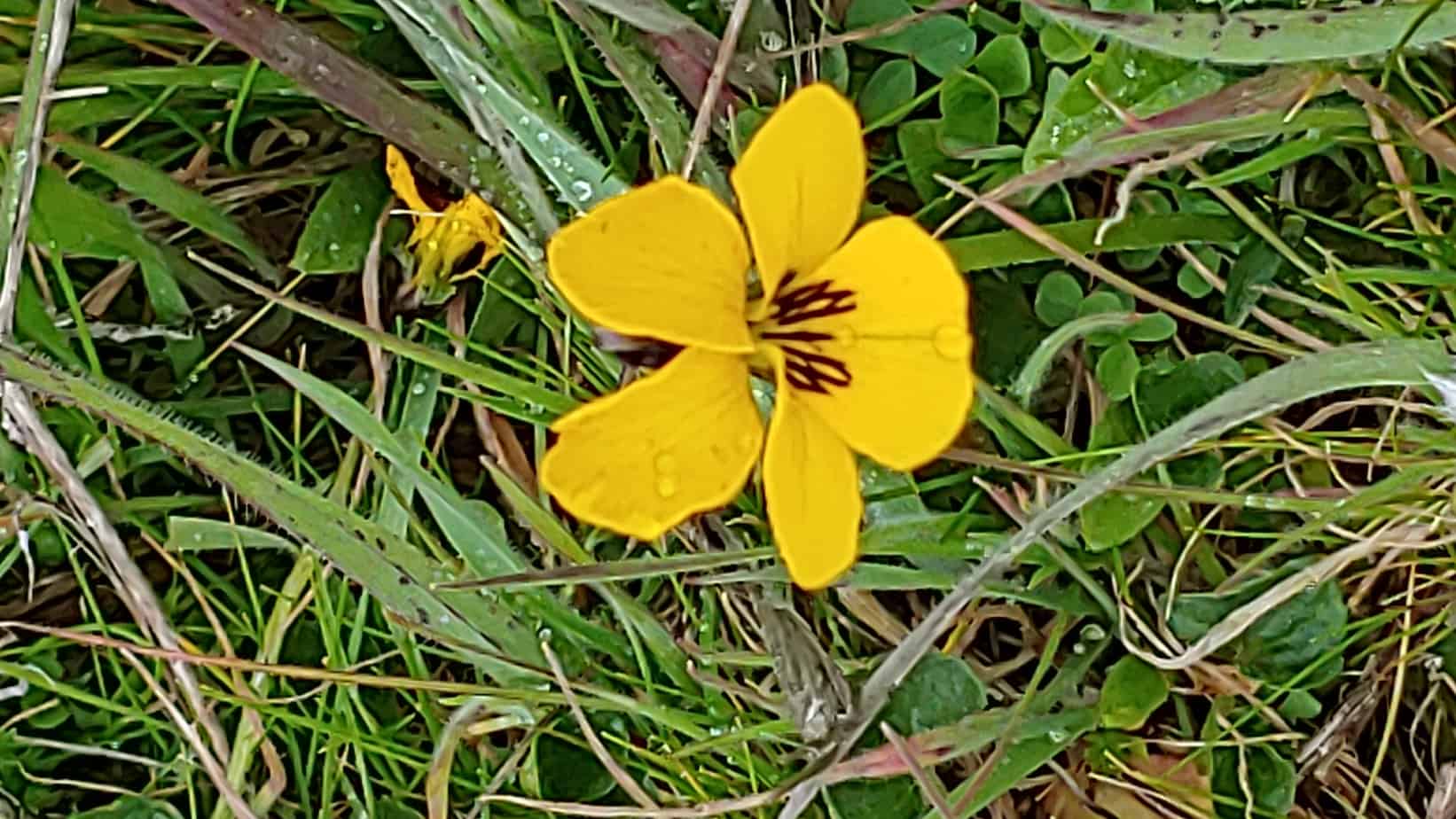
5, Safety for Day Hikers. Susan writes: It seems so-o-o-easy, you and your friends drive to a regional park and set out to walk a couple of miles looking for the newly popping wildflowers. Though it’s after work and late in the day, the days are getting longer, so no problem! Afterwards, you plan to return to your car, and perhaps stop for a beer and snacks during Happy Hour before heading home. But then, just about the time your group decides to turn around and head back, one of your party twists an ankle. Even though you are not far from town, a nearby hill blocks cell reception. The beautiful sunset you were all enjoying moments earlier, is slowly fading….
None of us wants or expects an emergency, but they happen. The 10 Essentials are not just for multi-day backpacking trips, they are also important for day hikers. Bring the 10 Essentials and save everyone in your party some grief.
1. Navigation
2. Headlamp
3. Sun Protection
4. First aid
5. Knife
6. Fire (matches/lighter)
7. Shelter
8. Extra Food
9. Extra water
10.Extra Clothes
(Thank you for providing us the list, Jack Haskel: PCT Communicator, Spring 2023.)
#6. The ALDHA-West Gathering: ALDHA-West (American Long Distance Hiking Association West). “Save the date for the ALDHA-West Gathering! September 27-29 at Camp Augusta, in Nevada City, CA. Highlights include the Triple Crown Award Ceremony, the Martin Papendick Award for “Trail Angel of the Year”, invited VIP speakers, Hiker Olympics, our legendary GEAR RAFFLE, and plenty of social time with your hiking community. Meals included! Registration will be coming soon. Join us! “
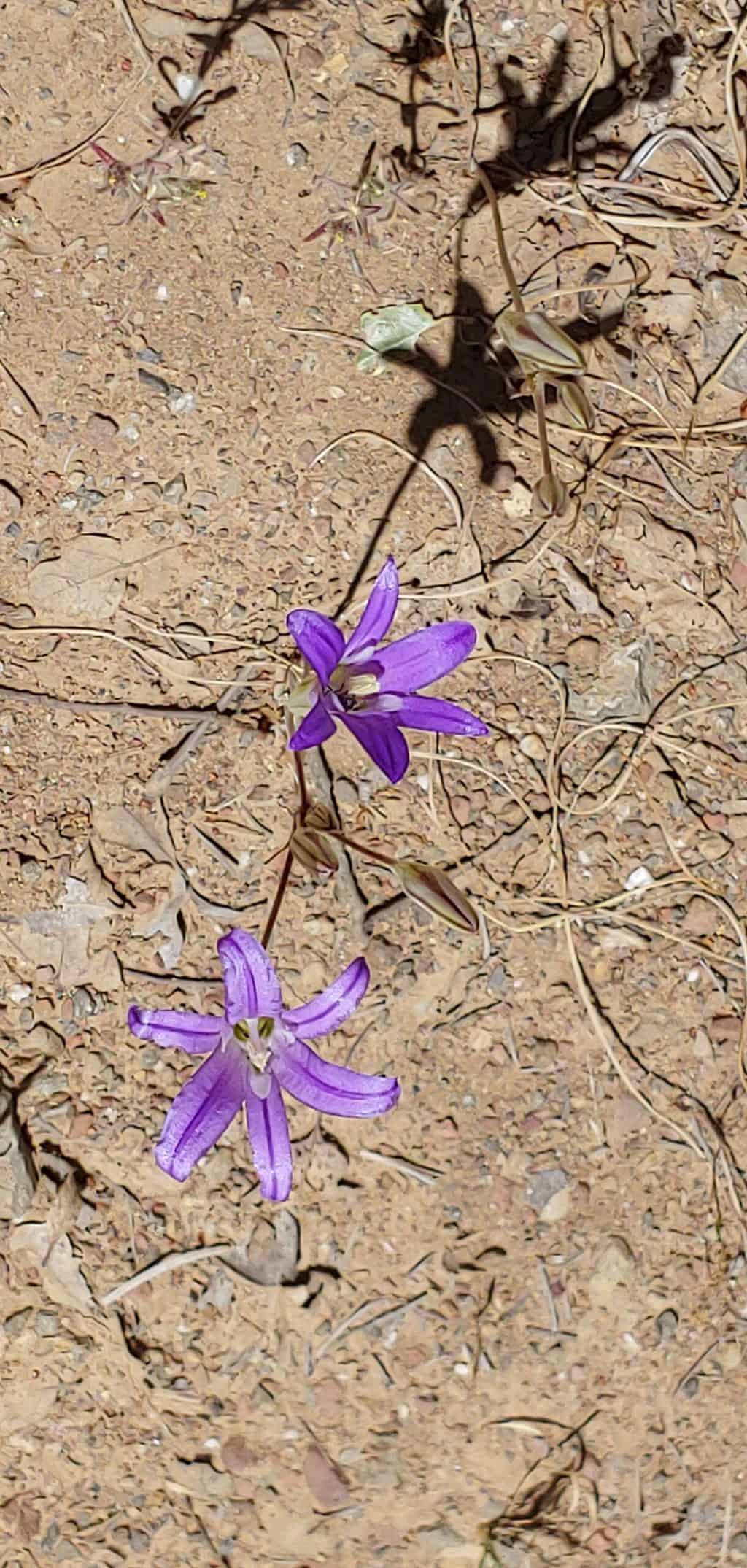
#7. Regional: Nor Cal Pilgrims group’s upcoming events. Find the details on Facebook as they are posted.
April 6. Lake Merritt Walk (Oakland). First Saturday every month.
April 14-May 5. Basic Spanish for the Camino (online)
April 20, Lake Cabot Hike (Castro Valley_)
April 14. Francigena (online)
April 27. Sugarloaf/Bald Mtn. Hike (Kenwood)
May 4. Lake Merritt Walk (Oakland)
May 18. Crosstown Trail Hike (S.F.)
#8. Note from Susan: Where we are enjoying spring. Ralph and I are thoroughly enjoying the local hikes that we have been having. Since we have both been fighting colds, we have been hiking on our own, but thoroughly enjoying trails on Mt. Diablo (Contra Costa County), Jepson Preserve near Suisun City/Dixon (Sonoma County); Morgan Territory (Alameda County). Prior to the wicked colds, we were able to join a guided hike at a brand-new park—the Máyyan ´Ooyákma (Coyote Ridge) (Santa Clara County), and to watch the spectacular elephant seal colony at Drake’s Beach (Marin County).
Once back in circulation (shortly!), we hope to continue on with our circumnavigation of the Bay Area Ridge Trail. “The Bay Area Ridge Trail is a planned 550-mile multi-use trail along the hill and mountain ridgelines surrounding the San Francisco Bay Area, in Northern California. Currently, 400+ miles have been established. We, with our friends Patricia Schaffarczyk and Tom Coroneos, have hiked a bit more than 300+ miles of the trail so far.
The next big event on the Ridge Trail is the Ridge to Bridge on Saturday, April 13. Participants can choose between: a 6 Mile, 13 Mile, or 18 Mile Hike; 20 Mile Bike Ride; and an 8 Mile Equestrian Ride .
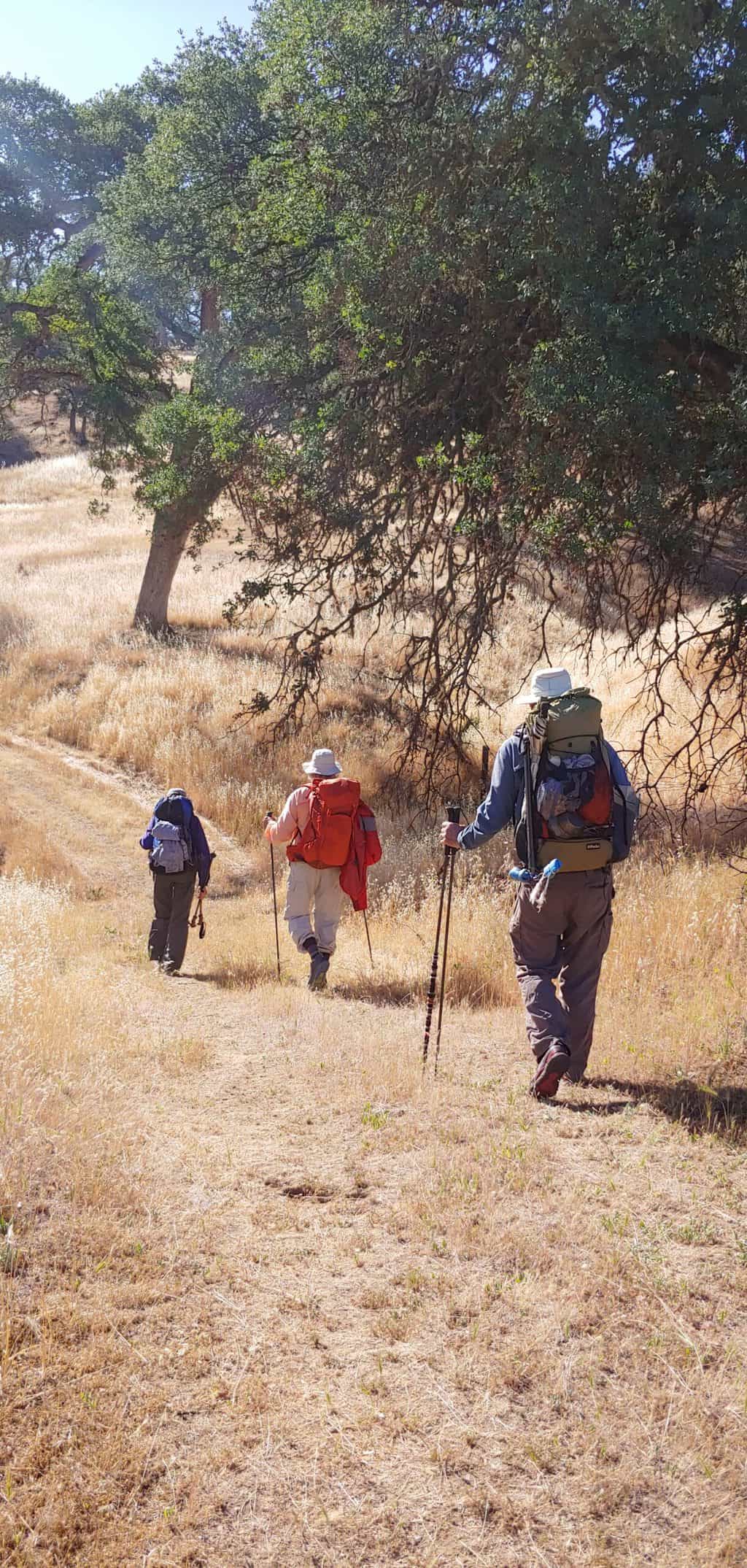
+++++
Thank you everyone. Stay well, keep hiking when prudent. I encourage you to send in items of interest to the hiking community to me at backpack45 “at sign” yahoo.com
Susan ‘backpack45’ Alcorn
Shepherd Canyon Books, Oakland, CA
https://www.susandalcorn.com
https://www.backpack45.com
Author of Walk, Hike, Saunter: Seasoned Women Share Tales and Trails; Healing Miles: Gifts from the Caminos Norte and Primitivo; Patagonia Chronicle: On Foot in Torres del Paine; We’re in the Mountains Not over the Hill: Tales and Tips from Seasoned Women Backpackers; and Camino Chronicle: Walking to Santiago.
Please note: Hiking and backpacking can be risky endeavors. Always be prepared for emergencies and carry food, water, shelter (warm clothing, etc.), flashlight/headlamp, matches, first aid supplies, and maps. Cell phones don’t always work. Leave word where you are traveling and when you are due back.
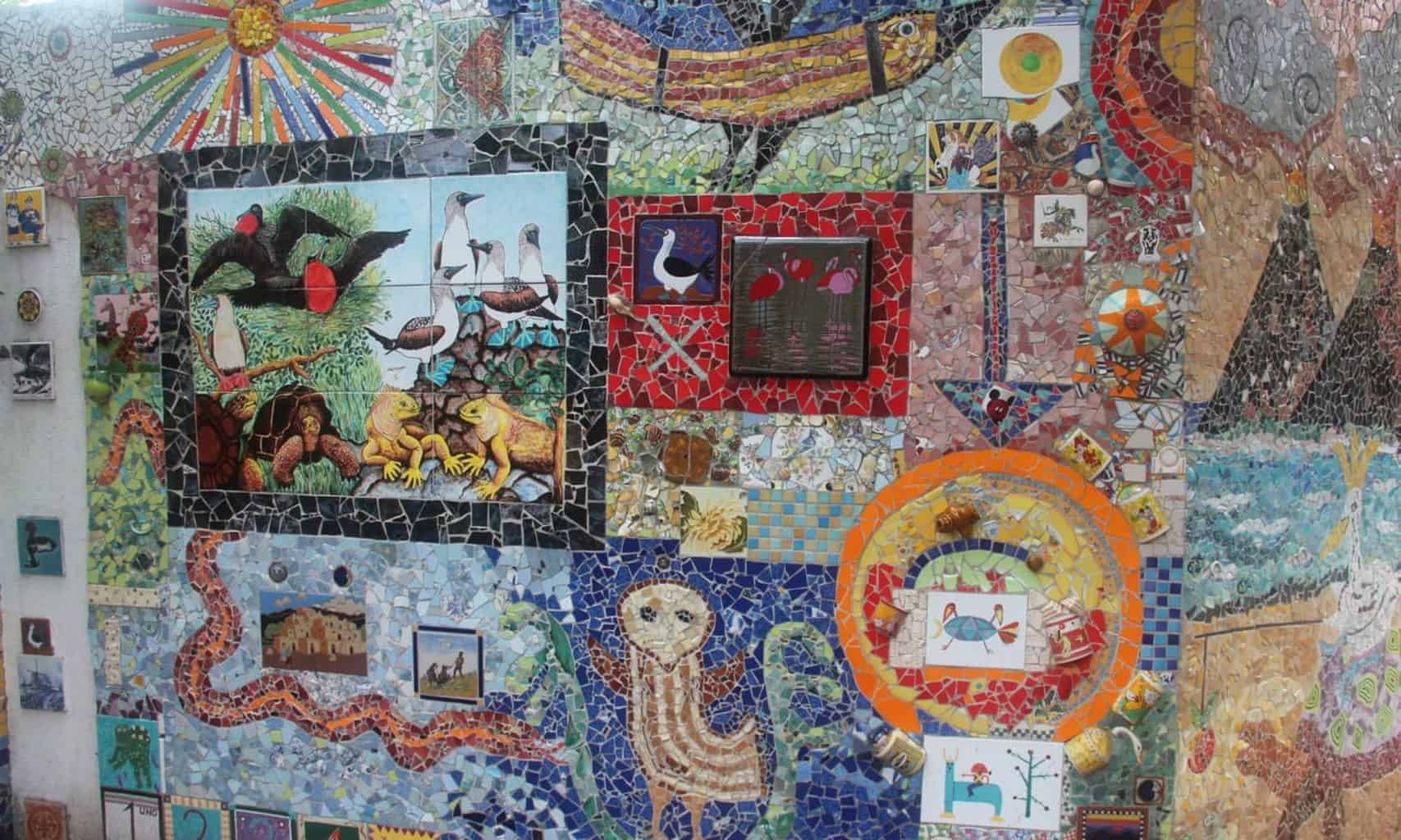
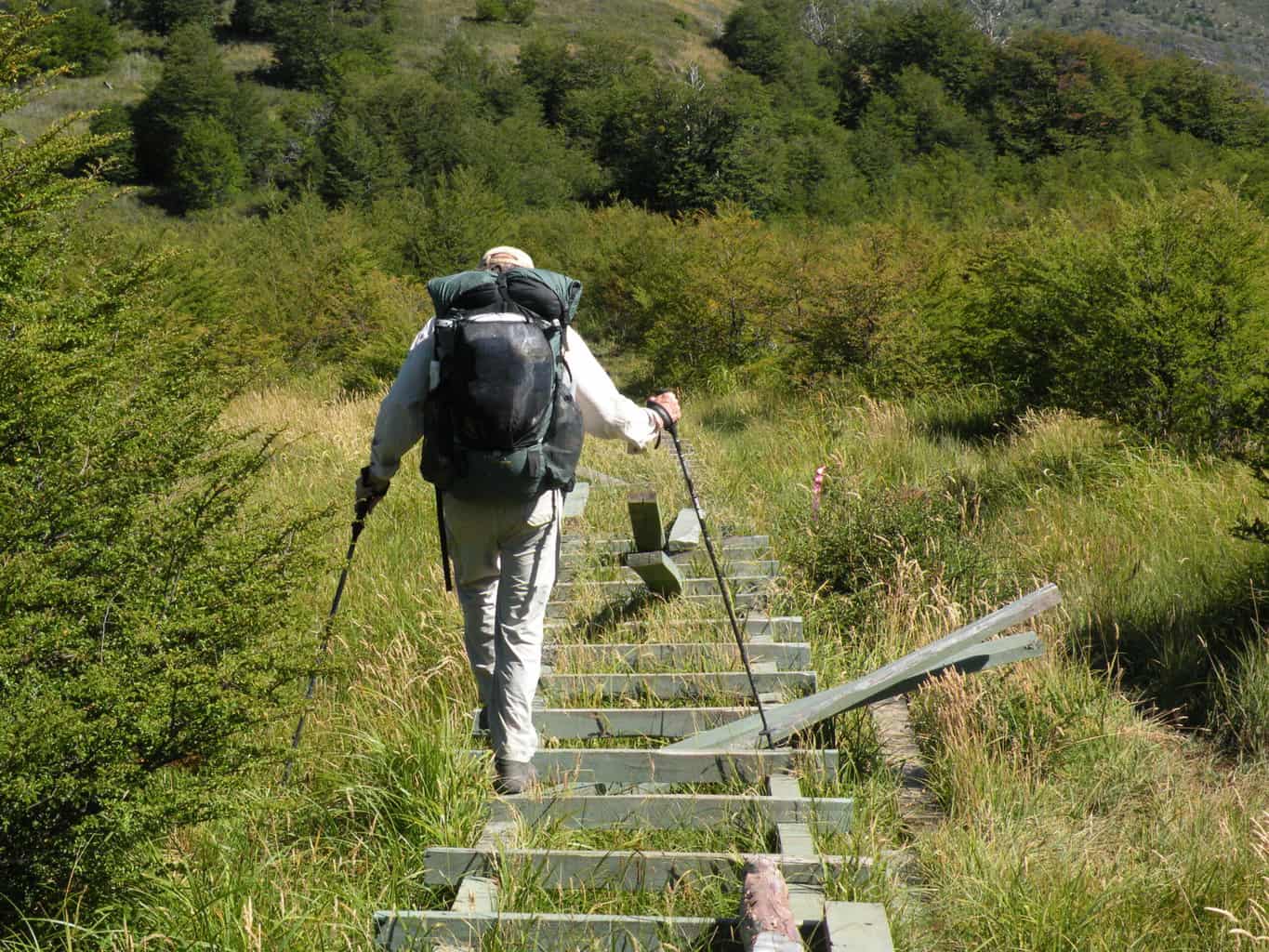
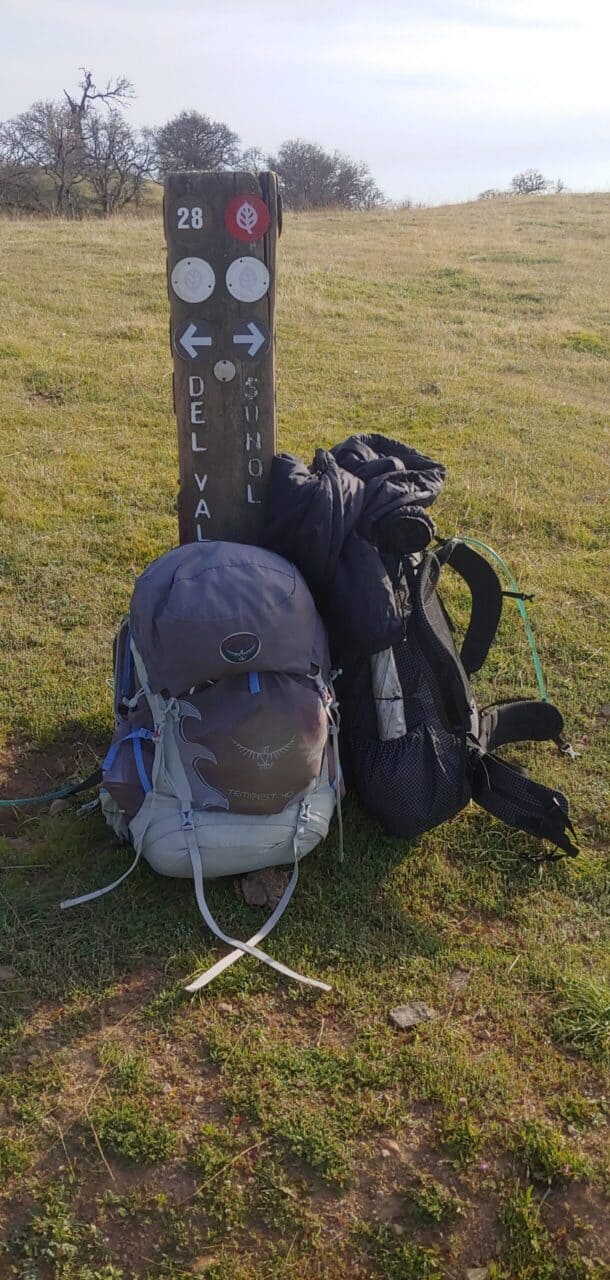

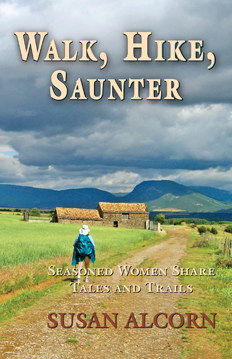 #1. Susan to host a book party/event:
#1. Susan to host a book party/event: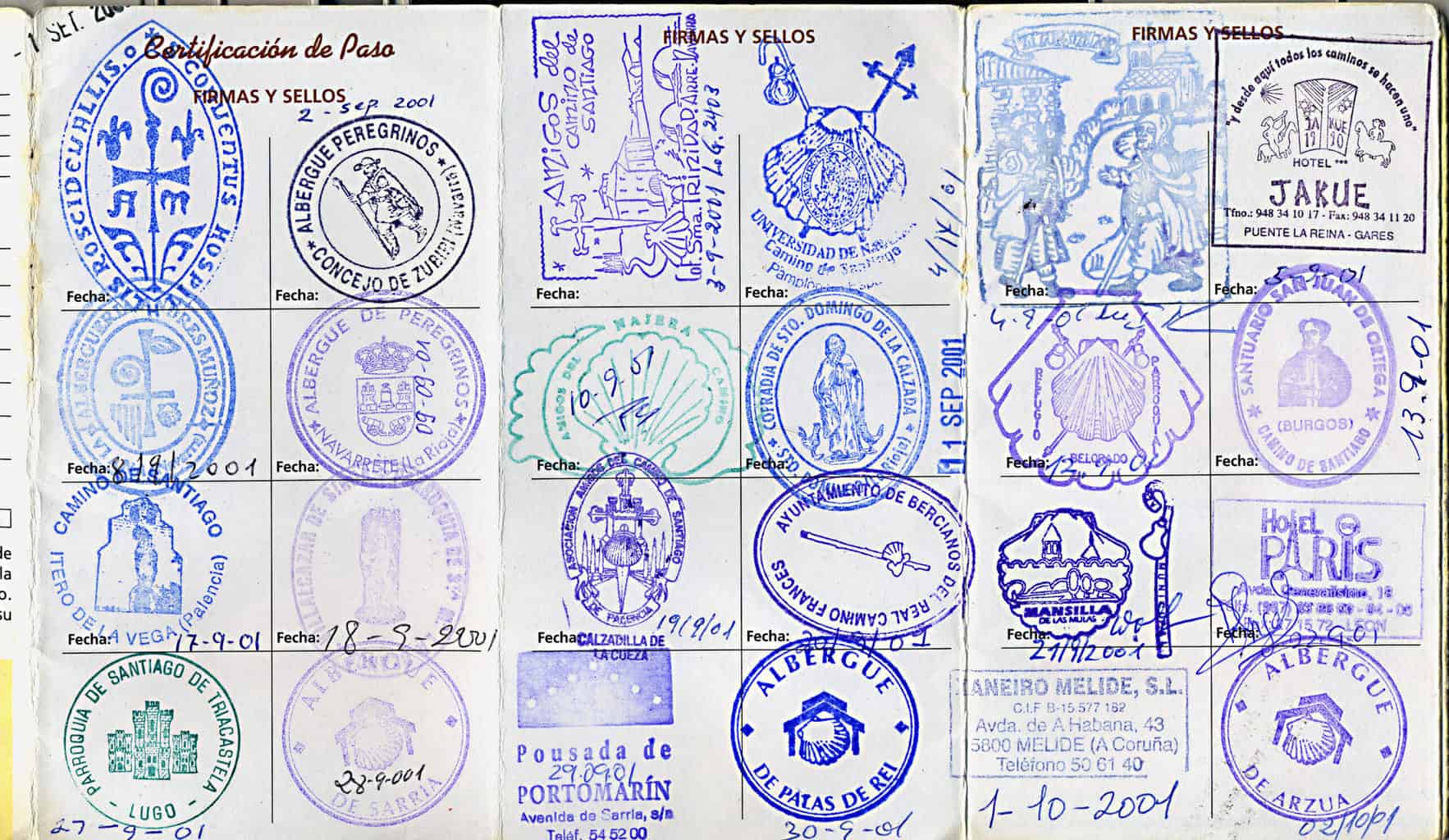 #3. Chemin de Vézelay: There are four major pilgrimage routes in France: from Paris, Vézelay, LePuy-en-Velay, and Arles to Santiago de Compostela. Ralph and I have now competed three: the Vézelay, the GR 65 from Geneva to LePuy-en-Velay continuing on from LePuy into Spain; and the GR653 Arles route into Spain. (We did the Frances route through Spain in 2001)
#3. Chemin de Vézelay: There are four major pilgrimage routes in France: from Paris, Vézelay, LePuy-en-Velay, and Arles to Santiago de Compostela. Ralph and I have now competed three: the Vézelay, the GR 65 from Geneva to LePuy-en-Velay continuing on from LePuy into Spain; and the GR653 Arles route into Spain. (We did the Frances route through Spain in 2001) Susan Alcorn’s Backpacking & Hiking Tales and Tips, #263 May 2021
Susan Alcorn’s Backpacking & Hiking Tales and Tips, #263 May 2021